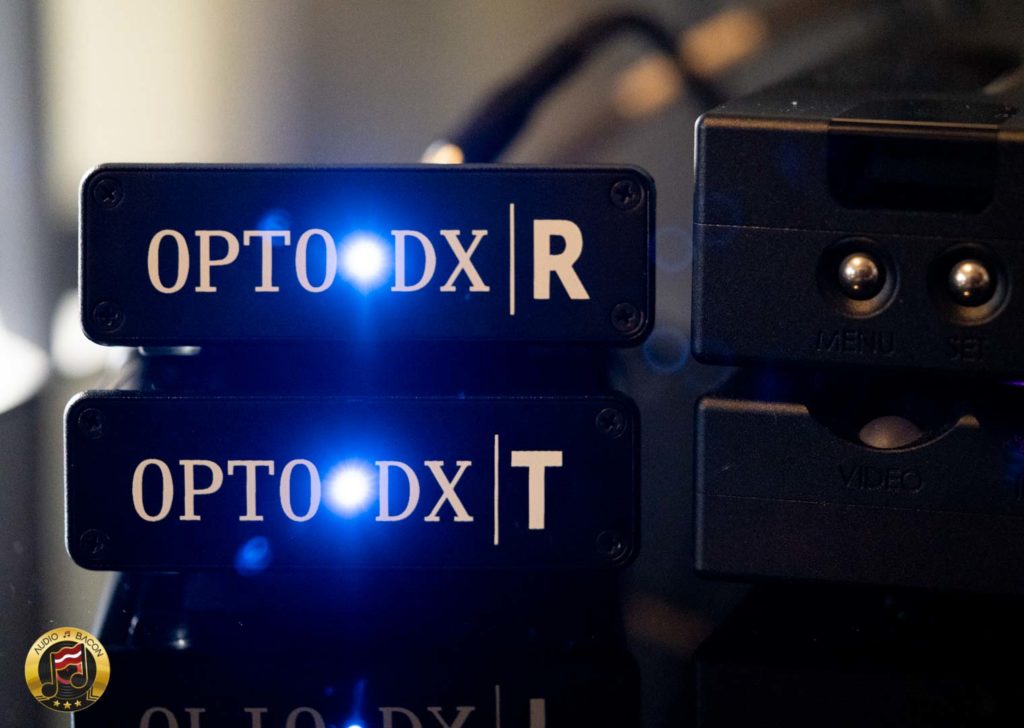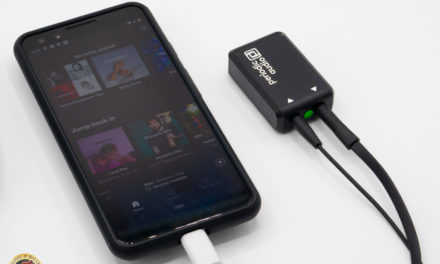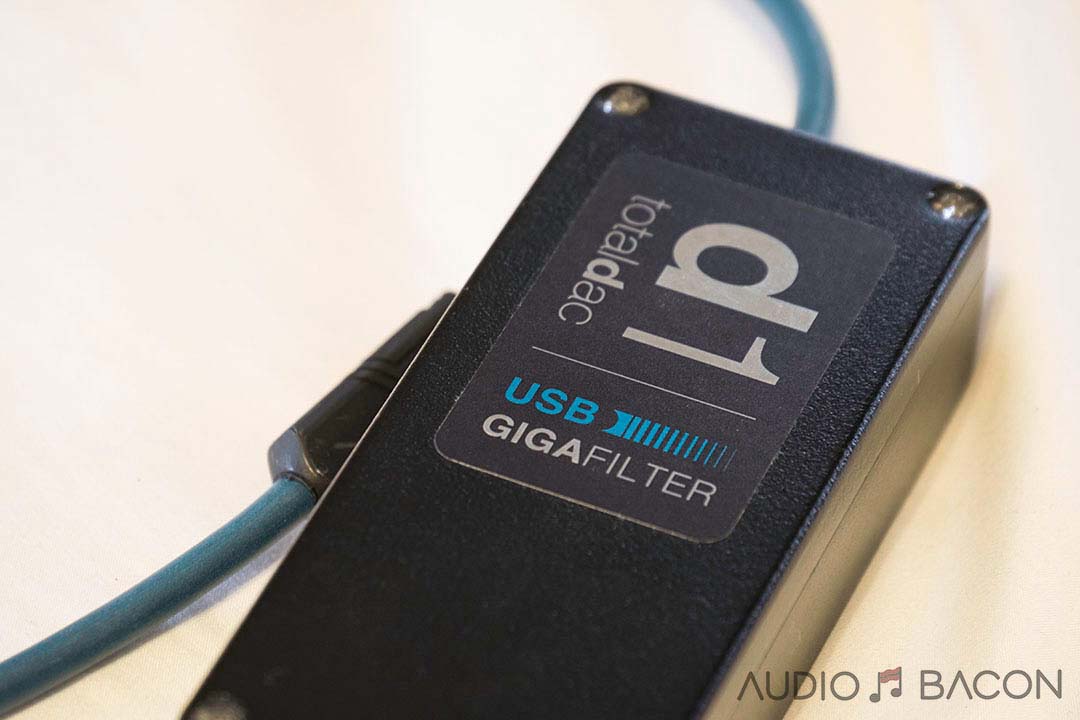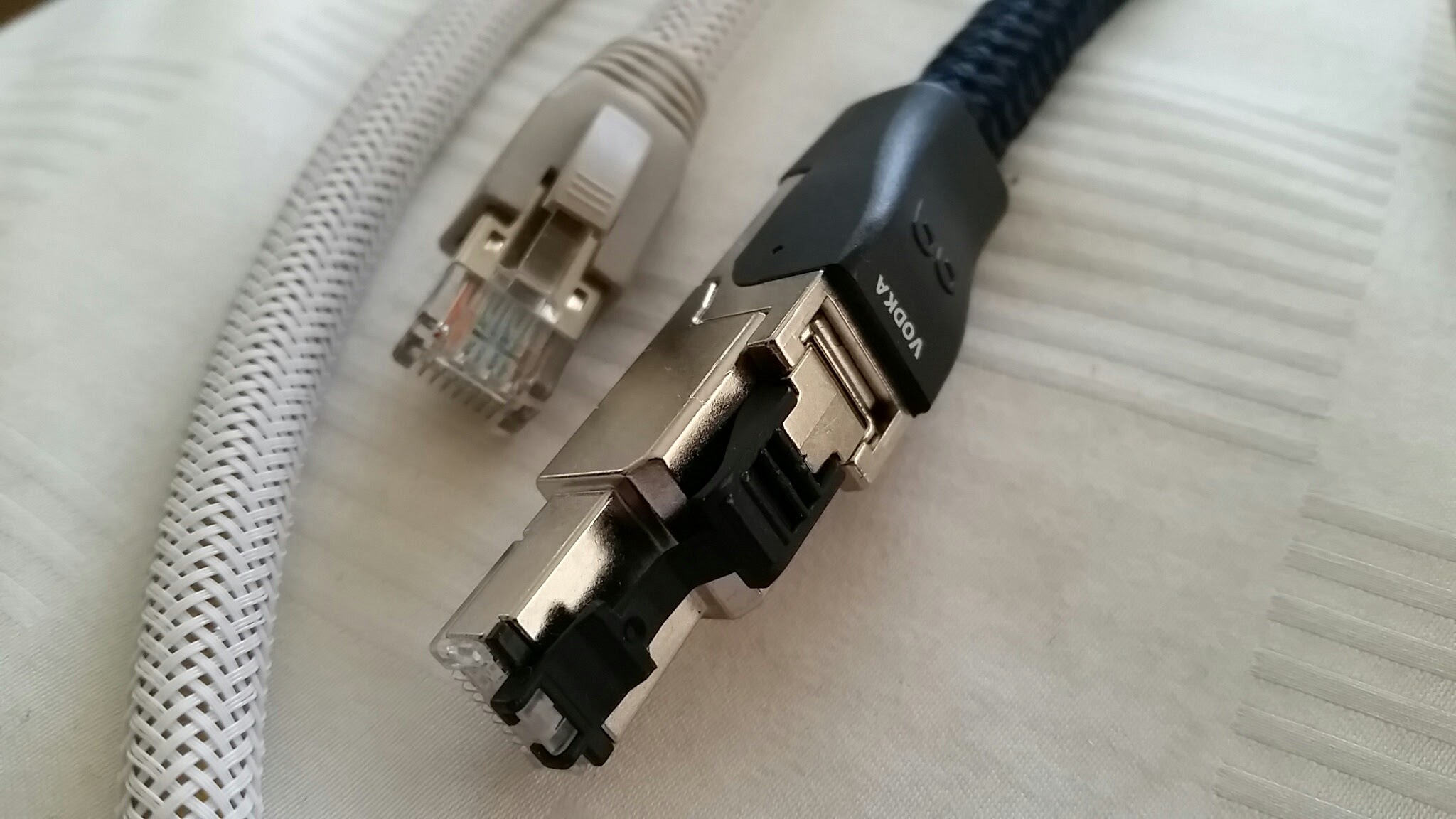Final Thoughts
Contents
The AudioWise OPTO-DX not only measures impressively well, but it also has the performance to match. But what exactly changes when you remove RF noise between your source and DAC? Obviously, everyone’s sound system will be susceptible to varying levels of noise. But from my listening, It boils down to a few themes:
- A much more nuanced, dimensional, and effortless sound. You hear the inner details and curves of both instrumentation and performers. There’s plenty of body and liquidity without a hint of digital grain. There’s just a higher level of confidence in articulation. The sound is more naturally timed, cohesive, and weighted. Acoustically resilient if you will.
- Perfect resolution and transparency. This quality was at the forefront. Textures are pushed forward and you get more gradations across the aural surfaces. You’ll hear every piece of the recording in a non-clinical way. It’s simply precise without sounding contrived.
- Natural soundstage width and depth. The OPTO-DX does an outstanding job of separating and layering out every single part of the music. Consequently, the music “floats” more in front of you but is glued together naturally. This is especially noticeable with live performances.
- Ambient and atmospheric cues are made more obvious. This is a big one. Harmonic resonances and reverb decay are heard clearly in every recording. No matter how delicate or lightweight the cues are – it is resolved with precision. These are qualities that are only found in much more resolving (and pricier) systems.
- Consolidation. There’s absolutely zero fuzz or haze using the OPTO-DX. Not only are the lyrics clearer – but also the emotion attached to the words. Also, everything sounds fully-formed, like humans and instruments in the real world.
- Tonal variations. Although more neutral in color, there’s no blanket of tone that is applied to every singer or instrument. Each has its own timbre and essence. No one element bleeds into or buries the sound of another. This is very impressive with a large ensemble and busier works.
From a sound quality perspective, given the choice between OPTO-DX and without – most will probably prefer to include the OPTO-DX. Especially at this price point. That is if you’re willing to deal with the extra battery packs, shelf space, and cabling. The performance-to-price ratio is very high.

Should I get it?
For what it’s worth, I had the tendency to play music louder without the OPTO-DX. I’ve realized this was due to how naturally molded and forward the OPTO-DX sounded. In addition, it was so much more analog sounding. There was a more liquid and gravitational presence in the room – which made listening more compelling.
As mentioned plenty of times, the only tradeoff that I could find was a less warmblooded, less organic, and “greyer” tone. Personally, this is a deal-breaker as I’ve found this difficult to mitigate. However, the pros FAR outweigh the cons and so I’m open to experimenting a bit more with the OPTO-DX in this system.
This might sound odd, but your attention has to be undivided to fully appreciate the AudioWise OPTO-DX isolator. It does exactly what it advertises to do. It removes RF noise and it’s clearly audible within the first few seconds of listening. What you get is a much purer signal that reproduces atmosphere, tonal variations, and harmonic resolution. If you’re using a digital coaxial BNC output from your source, I highly recommend you give the OPTO-DX a listen.









Jay, have you compared the mTT2 using Stream, OptoDX, and simply optical (knowing the upscaling will be limited) to see which is the best overall trade off? Optical should eliminate RFI also, but would it sound different than the OptoDX?
Hello.
I’m Pino, from Venice, Italy.
I’m thinking to upgrade the BNC cables Chord originally provided with my MScaler , I use a TT2 and the streamer is a 2Go/2YU connected to the MScaler with Curious Evolved USB cable.
All 3 devices are individually powered by a Sean Jacobs psu each.
I was also thinking to buy the Wave Stream cables, but this test opens to a completely different and very likely more effective way to remove RF, so my doubt is which of these 2 solutions sounds better?
You mention these cables in your tests but there isn’t a clear performances comparison, unless , when you say “without the Opto DX”, you might intend “with the Wave Stream instead of”. Could you please confirm? Thanks, kind regards, Pino.